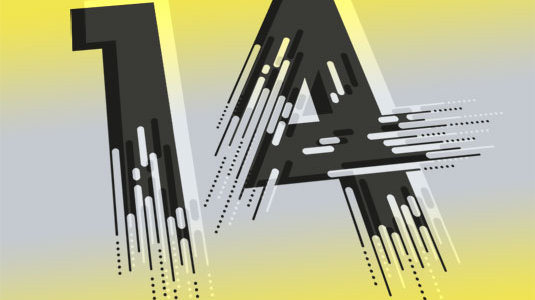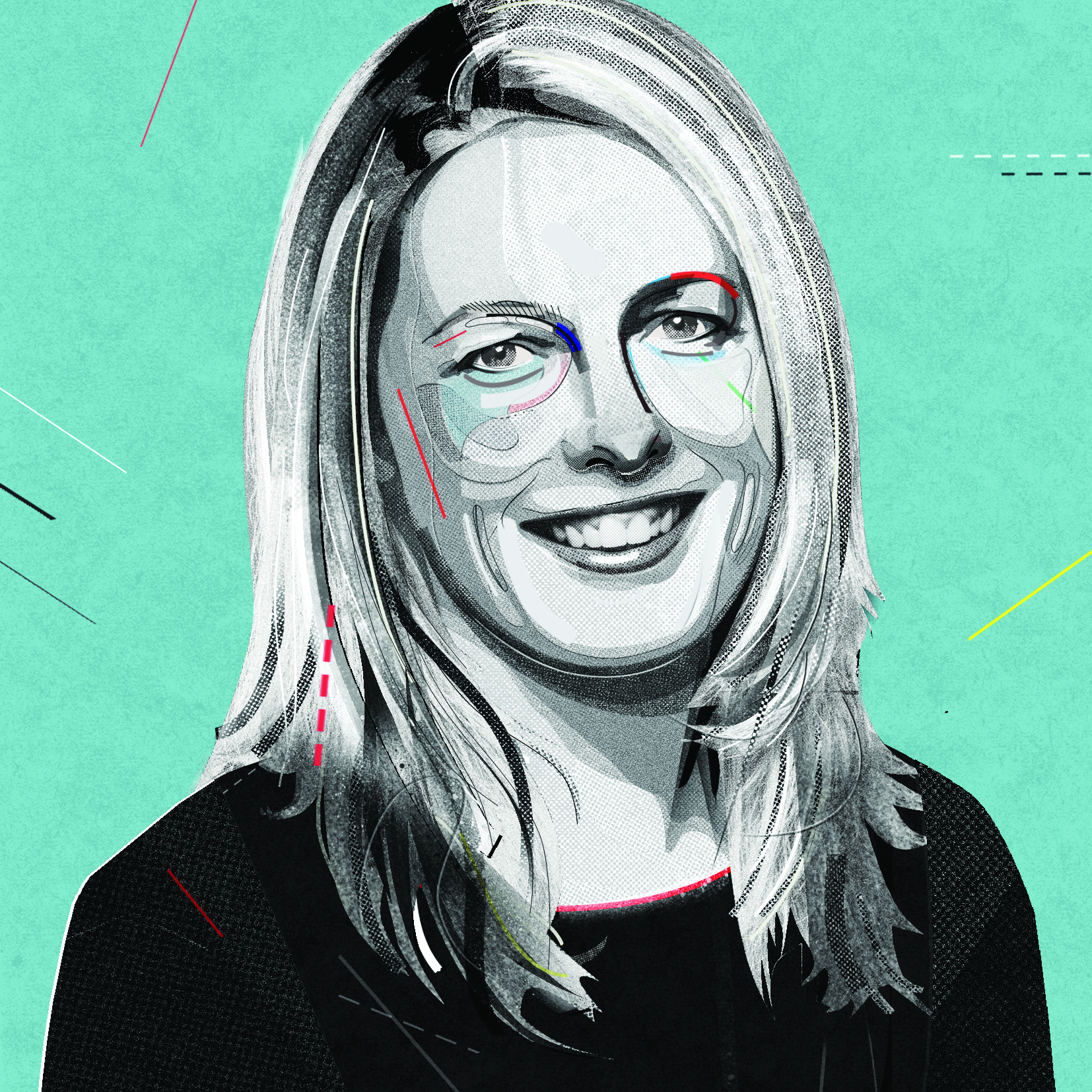14 biggest challenges in design
We asked a panel of top designers: what are the challenges facing graphic design and the creative industries over the next 20 years?

Whether it's creating a logo design that stands up in an increasingly over-saturated marketplace, or mastering the art of working from home, the last 20 years have seen a lot of change in the design world – bringing with it a new set of challenges.
To celebrate Computer Arts' 20th anniversary, the magazine asked a panel of leading designers to discuss the biggest challenges facing the creative industries over the next 20 years, and how to tackle them.
Read on and arm yourself with their advice for preparing for the future. Want more help? Try our how to design a logo guide.
01. Working within fast turnarounds
"Communication is constantly speeding up," says Kirsty Carter of APFEL, "and we are becoming more and more connected with one another. One of the [consequences] is that we come to expect more immediate answers, and likewise design solutions. We need to find new ways to work within accelerated turnarounds.
"Creativity and innovation allow us to save time on certain things, and this can buy us more time to slow down on others – for example, for research, reflection and investigation. Challenges create friction and this often provokes creativity, so the biggest challenge could actually [elicit] even better work from the design and creative industries."
02. Balancing thinking with doing
Heather Stern of Lippincott points out: "The pervasiveness of 'design thinking' at the C-suite level is as exciting as it is challenging. It's wonderful that the world now understands design in a bigger context, but it's important that we don't lose the unique facets of design beneath it. The challenge is balancing the emphasis now placed on the thinking with the actual doing."
03. Staying relevant
"The near future is about defining what we do," says Studio Output's Dan Moore. "We need to be at the forefront of digital and understand how marketers are currently using [the technology], so we can work out how and if we want to fit into [this new world]."
Get the Creative Bloq Newsletter
Daily design news, reviews, how-tos and more, as picked by the editors.
04. Adapting to technological change
Liza Enebeis at Studio Dumbar comments: "We need to anticipate technological change, adapt to it, master it, excel and then be open to new influences, all in a very short time."
05. Making great work
"The main challenges haven't changed too much over the last couple of decades," suggests James Wignall, "so I suspect over the course of the next 20 they'll remain pretty similar. The technology evolves and software changes, but the challenge will always be to make great work, stay relevant and stand out."
06. Staying true to design fundamentals
"In an ever-evolving commercial and social landscape, designers must remain true to the core conceptual ideas while keeping up with technology and customer engagement," says Louise Sloper. "They must be brave enough to try different approaches, flexible enough to adapt swiftly, but always appreciate the importance of doing the job well. The recent success of many smaller start-ups that keep these values as their core philosophy shows that there always will be a need for these fundamentals."
07. Having a holistic perspective
Alex Haldemann of MetaDesign says: "Today, the creative industry favours specialisation and an isolated view is often the result. I believe there is room for generalists with a holistic perspective. We need them to make true advancements."
08. Being unique
"If everyone can access the same inspiration as everyone else, and styles and trends can be replicated in an instance, how can designers stand out from the crowd?" asks FranklinTill's Kate Franklin. "Brand values, integrity, honesty and originality will become more important than ever."
09. Being multi-skilled
Richard Wilde from the School of Visual Arts points out: "Students entering the creative industry not only need expertise in design and typography, conceptual thinking and execution skills – today they also need expertise in a variety of disciplines, including motion graphics and interaction design, supported by the latest technology, and coupled with strong presentational skills."
10. Cultivating human experience
"I think that increasingly the lines will be blurred between technology, human experience and creativity," says illustrator and typographer Gemma O'Brien. "As technology advances, certain skills will no longer be needed as computers and automation make aspects of 'designing' accessible to all.
"The creative industries need to cultivate the 'human' by finding new ways to embed experiences, memories, stories and culture into creative output."
11. Encouraging new talent to aspire to greatness
"The marketplace no longer provides a substantial enough platform for graphic artists to flourish," remarks Simon Spilsbury. "There is still an overwhelming amount of talent out there, but finding a non web-based portal for its exhibition is a real challenge. Dwindling budgets need to be re-aligned to allow for showcasing the best talent and to encourage new talent to aspire to greatness."
12. Staying hungry for other design disciplines
Dean Johnson of Brandwidth asserts: "Creatives need to ensure they stay hungry for other design disciplines. Even if their final product is purely digital, they need to cultivate a sense of wonder about [many things], from sculptural, natural and man-made forms to product design, interiors and exteriors, audioscapes and lighting effects. Design experiences of the future will touch many of these in a connected world (some already do) but a digital product shouldn't mean a shortcut to a shallow solution."
13. Maintaining personal interactions
"One of the downsides of the internet revolution is that it has nurtured a generation that doesn't get on the phone or meet a client in person to discuss a brief or creative issues," says Rod Hunt. "[Young designers and illustrators] rely almost entirely on email and social media to communicate, which can be very one-dimensional and open to interpretation. Personal communication is the foundation of creativity and good business – an idea can often be discussed better verbally, which inevitably leads to better solutions."
14. Finding the right clients
According to Build's Michael C. Place, "The biggest challenge designers face is the problem of finding good clients who actually value good design for itself – clients who don't perceive design as just another expense, but a worthwhile investment."
The full version of this article first appeared inside Computer Arts issue 250, as part of our special report on the 20 most influential designers and illustrators of the last two decades, as voted for by their peers.
Related articles:
- What does an art director actually do?
- Read our selection of the finest free ebooks for designers
- Pro tips to create an inspirational mood board

Thank you for reading 5 articles this month* Join now for unlimited access
Enjoy your first month for just £1 / $1 / €1
*Read 5 free articles per month without a subscription

Join now for unlimited access
Try first month for just £1 / $1 / €1

Julia is editor-in-chief, retail at Future Ltd, where she works in e-commerce across a number of consumer lifestyle brands. A former editor of design website Creative Bloq, she’s also worked on a variety of print titles, and was part of the team that launched consumer tech website TechRadar. She's been writing about art, design and technology for over 15 years.
